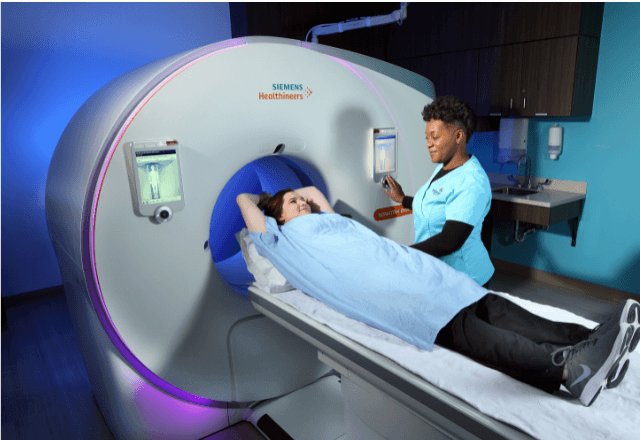Radiographic Screening for Joint Disorders in Cats and Dogs
The demand for accurate diagnostic imaging is critical in the clinical evaluation of joint disorders affecting cats and dogs. Radiographic screening provides a non-invasive method to visualize structural changes within joints, aiding in early detection and management strategies. This service focuses on providing detailed radiographs that can identify pathologies such as arthritis, ligament injuries, meniscal tears, and other musculoskeletal issues.
Our radiographic screenings are performed using high-quality equipment tailored for small animal imaging. The process involves precise positioning of the patient to ensure clear images of all relevant joints. Preparing patients for these procedures includes gentle handling and ensuring they remain still during exposure times typically ranging from 2-5 seconds per view.
The diagnostic value of radiographic screening lies in its ability to detect subtle changes that may not be apparent through physical examination alone. By identifying joint abnormalities at an early stage, veterinarians can implement appropriate treatment plans more effectively. Early intervention is crucial for managing chronic conditions and preventing further deterioration of the affected area.
Our service includes comprehensive reporting by our experienced radiologists who analyze each set of images thoroughly before issuing a detailed report outlining their findings. These reports are designed to provide clear communication between the radiologist, veterinarian, and pet owner regarding the condition of the animal's joints.
The benefits of this service extend beyond just diagnosis; it also serves as an invaluable tool for monitoring treatment progress over time. Regular follow-up exams help track any improvements or changes in the joint health status which can guide ongoing care decisions.
Scope and Methodology
The following table outlines our scope of services:
| Type of Imaging | Radiography |
|---|---|
| Patient Species | Cats, Dogs |
| Joints Covered | Primarily hips, knees, elbows, shoulders and other major joints. |
| Diagnostic Focus Areas | Arthritis, Ligament Injuries, Meniscal Tears, Osteochondritis Dessicans (OCD). |
The methodology involves several key steps:
- Initial consultation with the veterinarian to discuss specific needs and goals.
- Preparation of the pet for imaging including positioning on an immobilization device if necessary.
- Performance of radiographic examination using low-dose ionizing radiation.
- Analysis by our team of veterinary radiologists who interpret results against established standards (e.g., AAFP, AAFCO).
- Comprehensive written report detailing findings and recommendations for further action where applicable.
Eurolab Advantages
Our radiographic screening service offers several advantages that set us apart:
- State-of-the-art equipment ensuring superior image quality.
- Experienced veterinary radiologists with specialized training in small animal imaging.
- Dedicated staff who handle all aspects of patient care from intake to discharge.
- Fast turnaround times for results, often available within 24 hours depending on complexity and urgency.
We understand the importance of timely diagnosis and treatment. Our goal is not only to provide accurate images but also to ensure that your pet receives prompt attention whenever needed.
Environmental and Sustainability Contributions
- By minimizing unnecessary interventions, we help reduce the overall environmental impact associated with veterinary care.
- We use low-dose radiation techniques to minimize exposure risks both for our patients and staff while still achieving high-quality images.
The radiographic screening process is designed to be as efficient as possible. This means reducing waste by reusing equipment where appropriate, optimizing workflow through streamlined processes, and ensuring that every test performed adds value towards diagnosing and treating joint disorders effectively.





